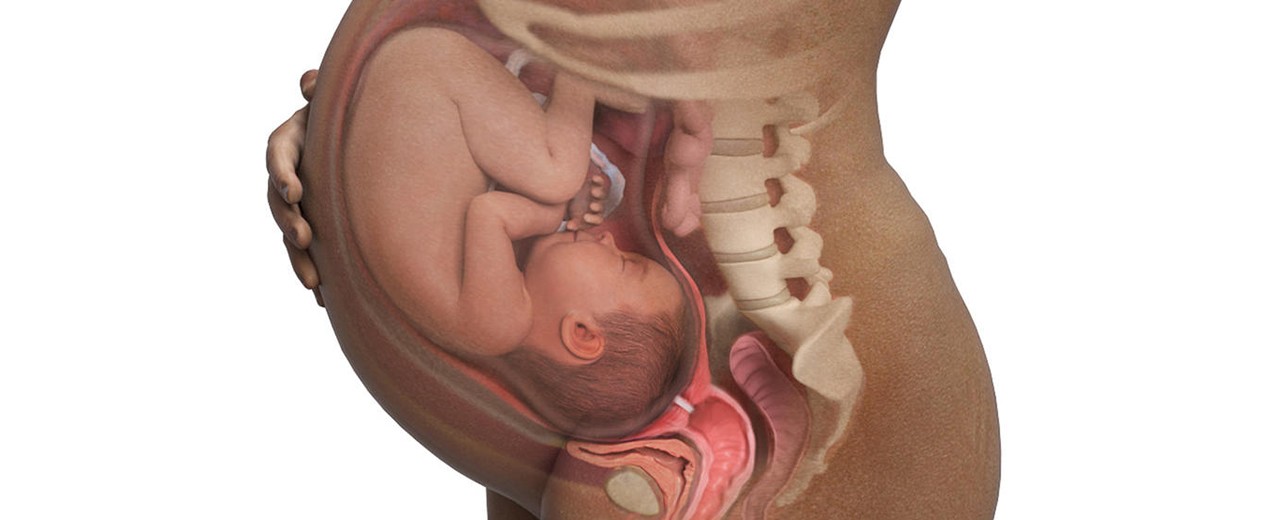Amniotic fluid leak test

What is amniotic fluid?
Amniotic fluid is the fluid inside the sack that surrounds the embryo and plays many important roles:
• It is your fetus' protective cushion from a possible injury.
• Prevents the umbilical cord from compressing the fetus and reduce the oxygen supply.
• Helps maintain a constant temperature inside the uterus.
• Protects against infections.
• Allows the embryo to move.
• Helps to develop the digestive and respiratory system of the fetus.
The maximum amount of amniotic fluid is between 32 and 36 weeks. After 36 weeks, the amniotic fluid begins to decrease.
When it is necessary to use the test for amniotic fluid leak
A woman experiencing rupture of membrane (ROM) may experience large fluid flow from the vagina, gradual leakage of fluid, or just moisture in the area. The amniotic fluid leak test assists in the immediate diagnosis of premature rupture of the membrane. Immediate home diagnosis, if there is a suspected fluid leakage from the vagina, is very important in order to inform your gynecologist. Leakage of amniotic fluid does not smell like urine.
Because urine loss is common while you are pregnant, it is important to make sure that the fluid is not urine. Besides urine, for the inexperienced eye, amniotic fluid may resemble vaginal secretions or semen. Because it's not that easy to tell, you should do the HomeTest test for amniotic fluid and tell your gynecologist about the result. Note that amniotic fluid leakage before 37 weeks of pregnancy poses greater risks, and after 37 weeks, childbirth can begin without risk, under surveillance.
--------------------
See all of our blog posts, by clicking here.
0 comment(s)